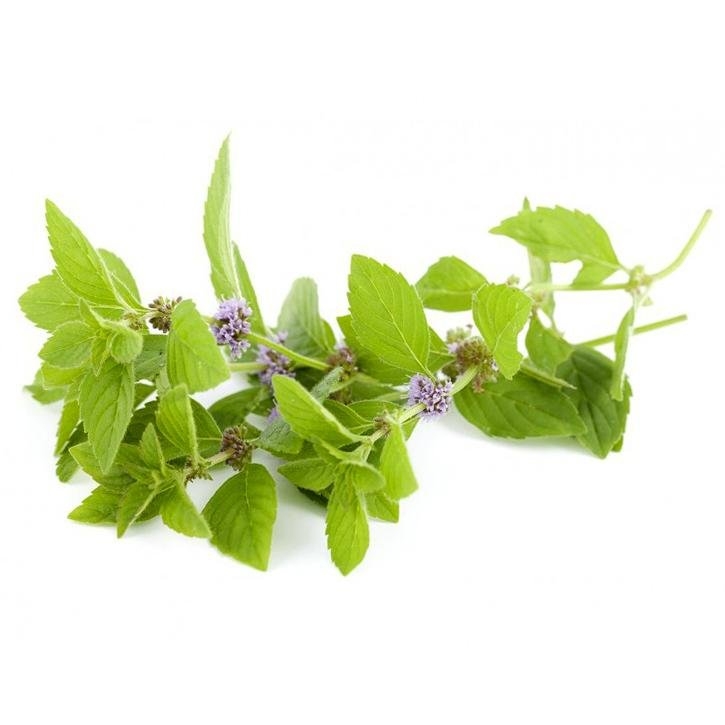Aromatic perennial plant of the labiatae family that grows spontaneously in humid places throughout the Mediterranean basin and western Asia. Its erect, quadrangular and branched stems can reach 30-40 cm in height. The leaves, which are arranged opposite each other along the stems, are lanceolate, slightly toothed and dark-medium green in color. The flowers are tiny, pink and are grouped in globose inflorescences.
Flowering tops.
Pregnancy and lactation.
The essential oil should be used with caution since, due to its high content of pulegone, it can be hepato- and neurotoxic. Pulegone is metabolized by cytochrome P450 (CYP1A1/2) and is transformed into mentofuran, metabolite of greater hepatotoxic power.
None have been described.
At the recommended doses, no side effects are expected.
-.Monografía de la SEFIT (Sociedad Española de Fitoterapia).
-.Fitoterapia Aplicada. J.B. Peris, G. Stübing, B. Vanaclocha. M. I. C. O. F. Valencia.
-.Khonche A, Fallah Huseini H, Abdi H, Mohtashami R, Nabati F, Kianbakht S. Efficacy of Mentha pulegium extract in the treatment of functional dyspepsia: a randomized double-blind placebo-controlled clinical trial. J Ethnopharmacol. 2017 May 29. pii: S0378-8741(16)31625-7.
-.Mohammed Yahya Hadi, Imad Hadi Hameed, Israa Adnan Ibraheam. Mentha pulegium: Medicinal uses, Anti-Hepatic, Antibacterial, Antioxidant effect and Analysis of Bioactive Natural Compounds: A Review. Research J. Pharm. and Tech. 10(10): October 2017. Pags.1827-1831.
